Discover which nostalgic 90s items hold real value beyond the surface.
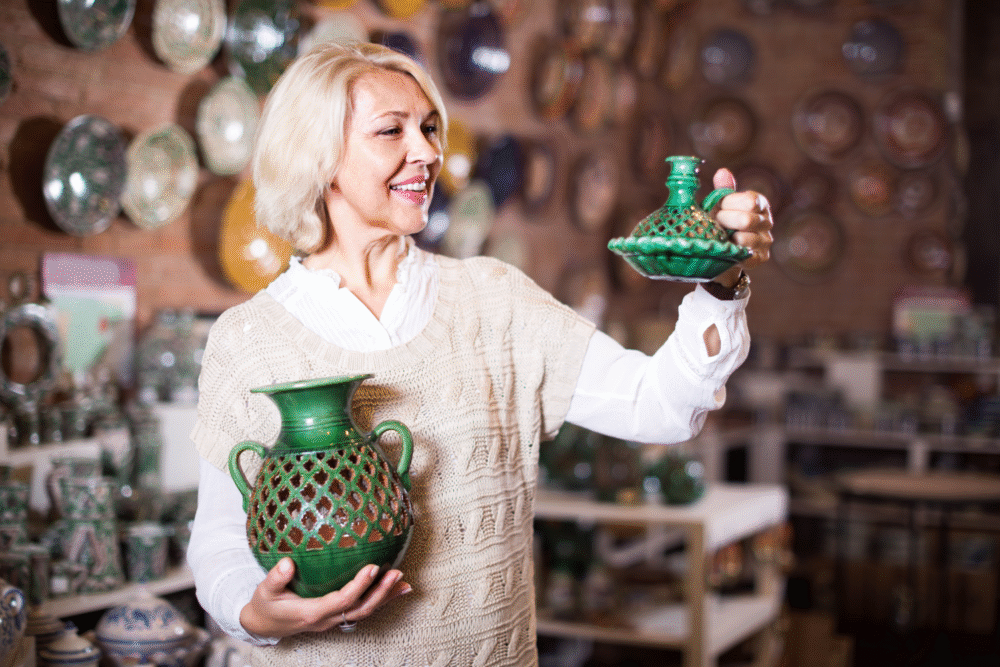
Nostalgia often leads us to keep items from the 90s, a decade rich with unique pop culture, technology, and memorable toys. These items range from vintage collectibles and retro gaming devices to sentimental keepsakes, each carrying stories and significance from that era. Understanding what makes these objects valuable—whether emotionally or as investments—helps us appreciate their worth beyond being labeled as junk.
Keeping and properly preserving 90s memorabilia allows us to maintain personal and cultural history, share memories with future generations, and potentially benefit from their increasing rarity. Thoughtful storage and care can protect these treasures, making them meaningful artifacts rather than forgotten clutter.
1. Keep your collection of Beanie Babies in pristine condition.
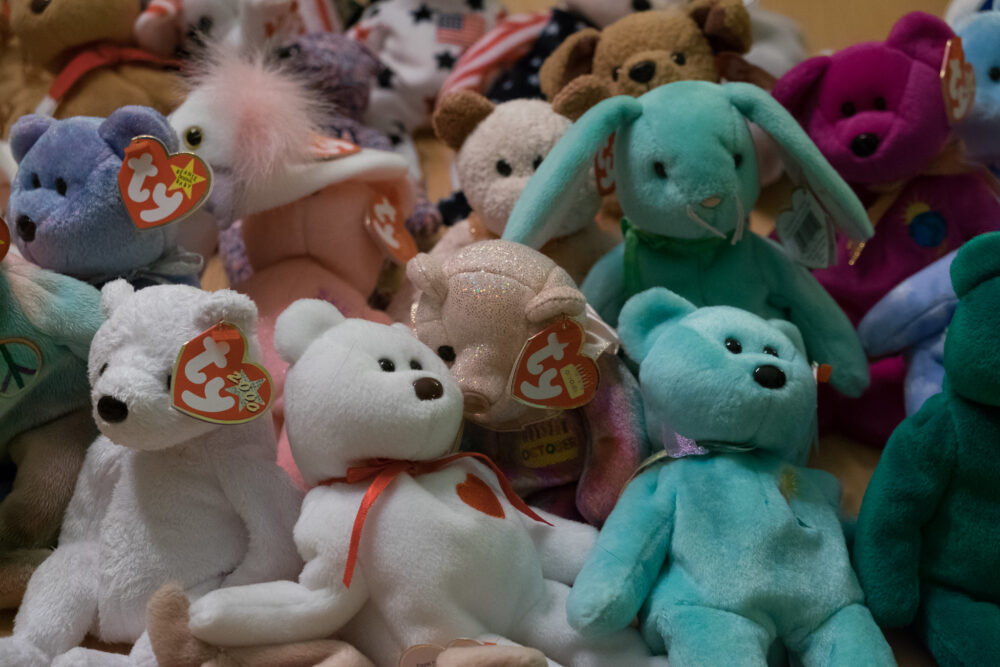
Beanie Babies were soft stuffed animals with distinctive heart-shaped tags and numbered manufacturing details that launched a major collectible trend. They were produced in many styles, with certain misprints, limited runs, or retired designs becoming sought after by collectors. Keeping Beanie Babies in pristine condition means preserving both the fabric and the original tags, because the carded tag often drives interest more than the toy itself, and small differences can change perceived value among vintage collectibles and nostalgia buyers.
These items matter because they can carry sentimental value and occasionally monetary interest, and they tell a story about childhood and pop culture. A practical tip is to store each Beanie Baby in an acid-free bag or breathable box away from direct sunlight and humidity, and to keep the swing tag protected with a small tag saver. Note that small parts and loose tags can be a choking hazard for young children so store collectibles where they are out of reach of infants.
2. Preserve original Tamagotchi pets for a blast from the past.

Tamagotchi were small digital pet keychain devices that required feeding, cleaning, and attention to keep a virtual creature alive. Original units and early editions are now emblematic of retro gaming and early handheld technology, with their original packaging and manuals increasing their appeal to collectors. Preserving Tamagotchi involves keeping batteries removed, storing in a cool dry place to prevent battery leakage, and protecting the screen and buttons from grime to maintain both appearance and functionality.
Everyday readers should consider holding onto original Tamagotchi for nostalgia and potential vintage collectibles interest as well as for the simple joy of showing a functioning unit to younger generations. A useful rule of thumb is to photograph the device and any serial numbers, keep original packaging and instructions together, and replace batteries only when needed. Consult a qualified technician for battery or circuit issues rather than attempting complicated repairs that could damage the device.
3. Save vintage Game Boy handheld consoles for retro gaming fun.
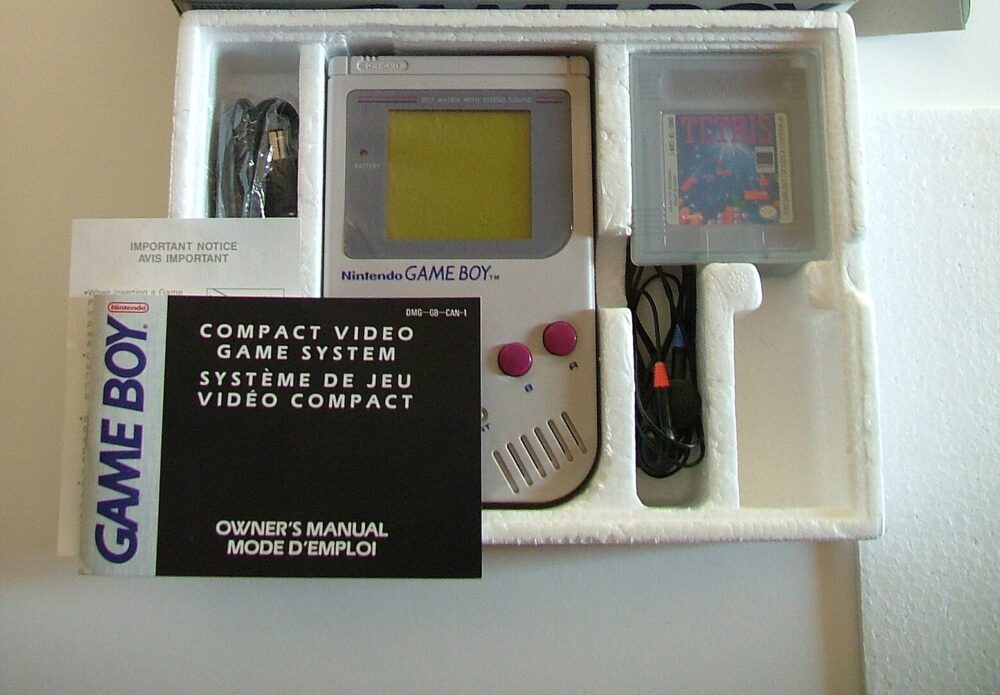
Vintage Game Boy consoles were handheld gaming systems that played cartridges and introduced many people to portable gaming. Early models and their accessories represent a key part of 90s technology and retro gaming culture, and functional consoles can be used with original cartridges or displayed as memorabilia. Preservation means cleaning contacts carefully, storing consoles away from heat and moisture, and keeping cartridges in labeled sleeves to prevent corrosion and loss of game data or labels.
These devices matter to everyday readers because they combine sentimental attachment with the growing interest in retro gaming. A practical tip is to test consoles and games once in a while, document condition with photos, and buy protective shells or cases if you plan to display them. Avoid using nonstandard power sources and consult experienced hobbyist forums for troubleshooting before attempting to open or repair delicate circuits.
4. Hold onto your collection of Pogs and Slammers for nostalgia.

Pogs and slammers were small cardboard discs and heavier counters used in a collectible flipping game that was a playground staple. Original sets, rare designs, and full collections capture the look and social history of 90s play patterns, and intact slammers are often preferred by collectors because they show less wear. Preserving a Pog collection means keeping pieces flat, avoiding moisture that warps cardboard, and storing sets in labeled boxes or binders that limit friction and damage to printed surfaces.
For everyday readers, Pogs can be kept for nostalgia, display, or as part of a vintage collectibles assortment. A simple checklist is to separate rare or metallic pieces from common ones, photograph each design, and store in archival sleeves to prevent edge wear. Keep the collection away from pets and damp basements to avoid irreversible damage and mold growth.
5. Keep original VHS tapes of favorite movies and shows safe.
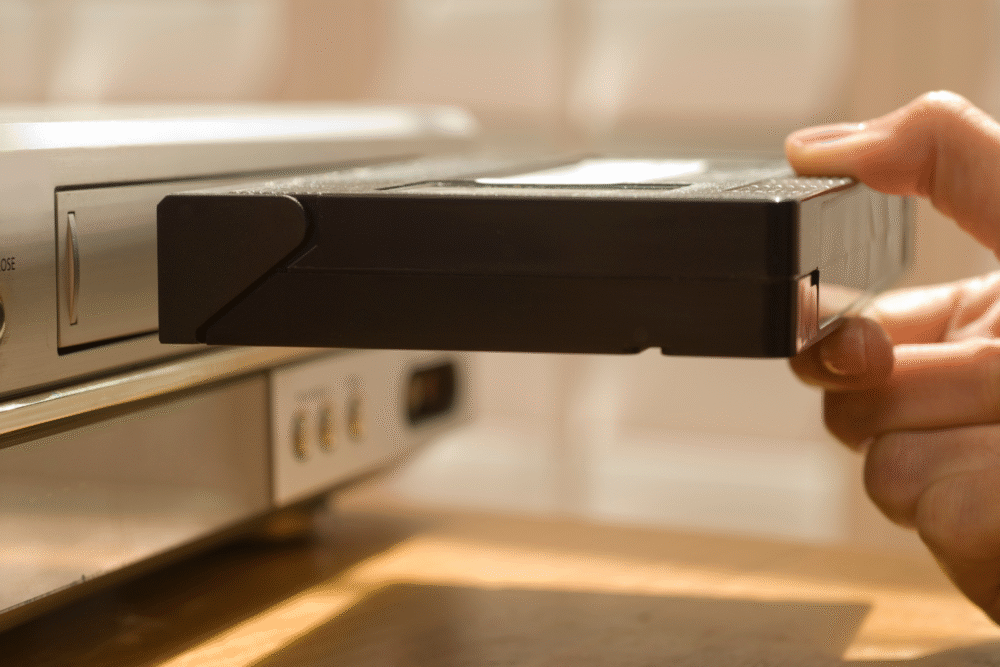
VHS tapes were magnetic tape cartridges used to record and play movies and home videos and were a dominant home media format for many families. Original tapes of favorite movies and personally recorded home footage have sentimental and historical value because they contain unique content and represent how people preserved memories. Proper storage involves keeping tapes upright in their cases, away from magnetic fields, heat, and humidity, and labeling them clearly so content is not lost to accidental erasure or degradation.
These tapes matter because they often contain irreplaceable family moments and media that may not be available elsewhere. A practical tip is to digitize irreplaceable tapes to preserve the content while keeping the originals stored cool and dry. If you plan to play old tapes use equipment with cleaned heads and be cautious about dust and mold; consult a media transfer service for tricky or fragile tapes.
6. Store well-loved Polly Pocket sets for a miniature memory trip.

Polly Pocket sets were miniature play worlds with tiny figures and snap-together environments that encouraged imagination and fine motor play. Original compact sets and rare color variations are collectible because of their intricate design and brand nostalgia. Preserving them means keeping all small parts together in labeled containers, protecting delicate stickers and hinges, and storing the sets in stable temperatures to avoid plastic warping or discoloration that reduces both playability and collectible appeal.
Everyday readers should value these miniature sets for sentimental memory keeping and potential vintage collectibles interest. A practical rule of thumb is to inventory each set’s parts and take photos of assembled sets before disassembly, store pieces in small resealable bags, and avoid excessive handling to preserve paint and decals. Keep tiny pieces away from young children to prevent choking hazards.
7. Don’t throw away your old Walkman and cassette tapes.
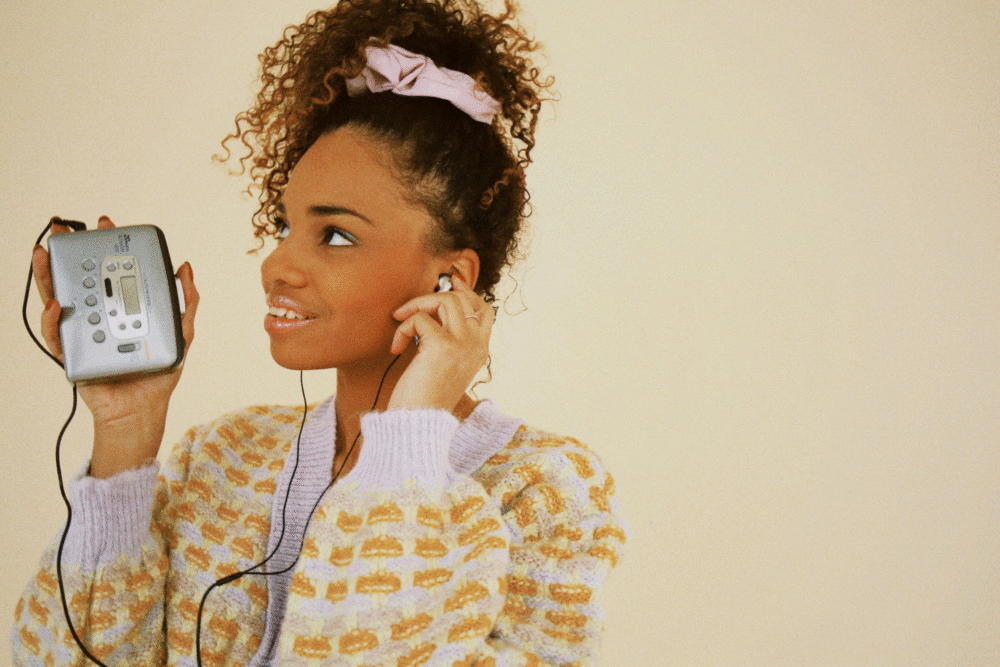
Portable cassette Walkmans were personal audio players that used magnetic tape cassettes to play music and mixtapes, and they symbolized the era of portable personal listening. Keeping an old Walkman and its cassette tapes preserves the ways people curated soundtracks and shared music. Maintenance includes cleaning tape heads, storing tapes upright in cases, and keeping devices dry and away from strong magnets which can erase or damage magnetic audio tracks.
These items matter as both nostalgic objects and functional vintage technology for those who enjoy analog sound. A practical tip is to label cassettes, digitize favorite mixtapes to preserve the tracklist, and keep a small toolkit for basic cleaning and belt replacement. Be cautious when repairing mechanical parts and consult experienced hobbyists for belt or motor replacement rather than attempting risky fixes that may cause further damage.
8. Keep intact packages of trading cards like Pokemon and Magic.
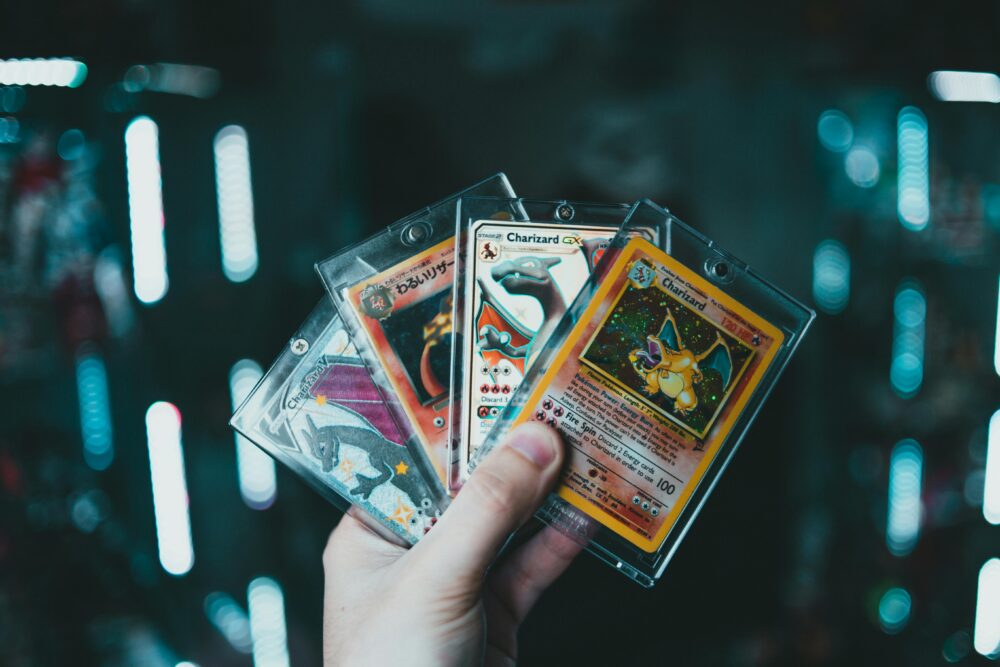
Sealed or intact packages of trading cards like Pokemon and Magic were often kept as investment pieces or nostalgic displays because unopened packs and boxes can contain rare cards and maintain collector interest. The packaging itself adds provenance and can be more valuable than loose cards, while complete sets give a clearer picture of rarity and condition. To preserve these packages secure them in rigid protective sleeves or boxes, keep them away from sunlight and moisture, and avoid bending corners or opening them if you intend to maintain collectible status.
For everyday readers deciding whether to keep such packages consider both sentimental value and potential vintage collectibles interest. A practical checklist is to document packaging details with photographs, store items in acid-free boxes or protective cases, and periodically research market interest before making a decision. If the package contains expiration sensitive materials consult collecting guides for optimal storage conditions.
9. Save your cherished diaries or journals from the 90s era.
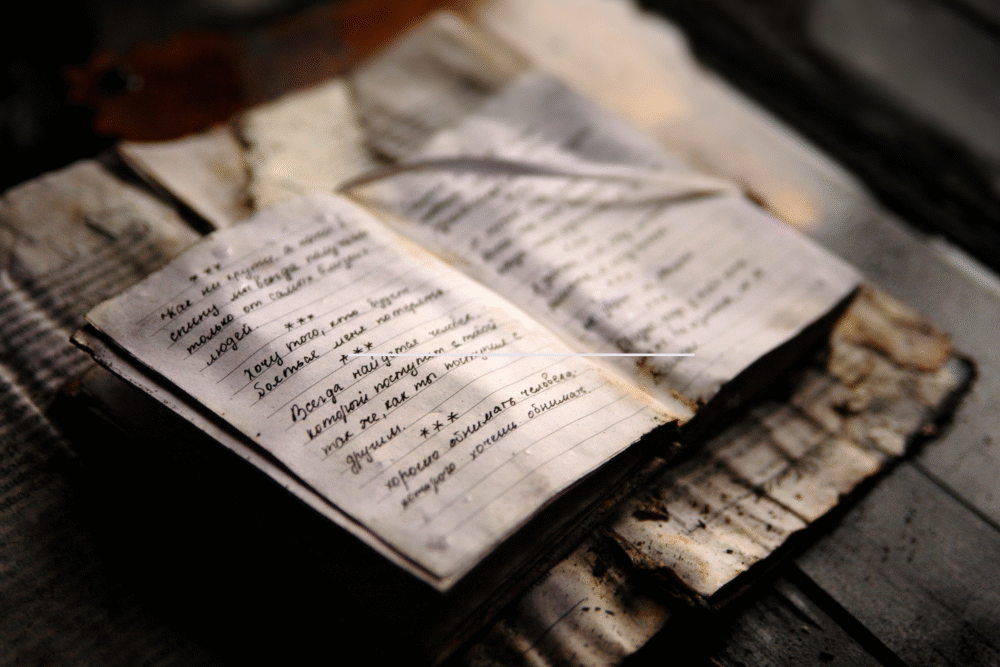
Diaries and journals from the 90s are first person records of thoughts, daily life, and cultural context from a personal viewpoint. These handwritten pages often capture family history, personal growth, and details that may not exist elsewhere, providing deep sentimental value. Preserving them involves keeping books in cool dry storage, using acid-free boxes or sleeves for fragile pages, and scanning or photographing entries if privacy allows to create backups in case of loss or deterioration.
These items matter because they connect readers to personal history and can be meaningful for future family members or for memory keeping. A practical tip is to review entries for sensitive content before sharing, store originals away from direct sunlight and moisture, and consider making digital copies to preserve the words while keeping the original safe. Be mindful of privacy and consult family members if entries involve shared information.
10. Hold onto classic Lego sets from childhood for creative play.

Classic Lego sets from childhood often combine creativity, play history, and durable components that retain appeal across generations. Original boxes and instruction booklets add to the set’s value for collectors, while assembled pieces offer tangible ways to revisit creative play. To preserve classic Lego sets keep loose bricks organized by set or part numbers, store instructions in sleeves, and avoid exposure to extreme heat which can warp plastic or fade printed pieces.
These sets matter because they offer both sentimental attachment and practical reuse as toys or display items. A useful rule of thumb is to keep complete sets together with photographed inventories, label containers clearly, and consider replacement part lists if pieces are missing. Small bricks are choking hazards so store them safely away from young children and pets.
11. Preserve unopened boxes of 90s board games for game nights.
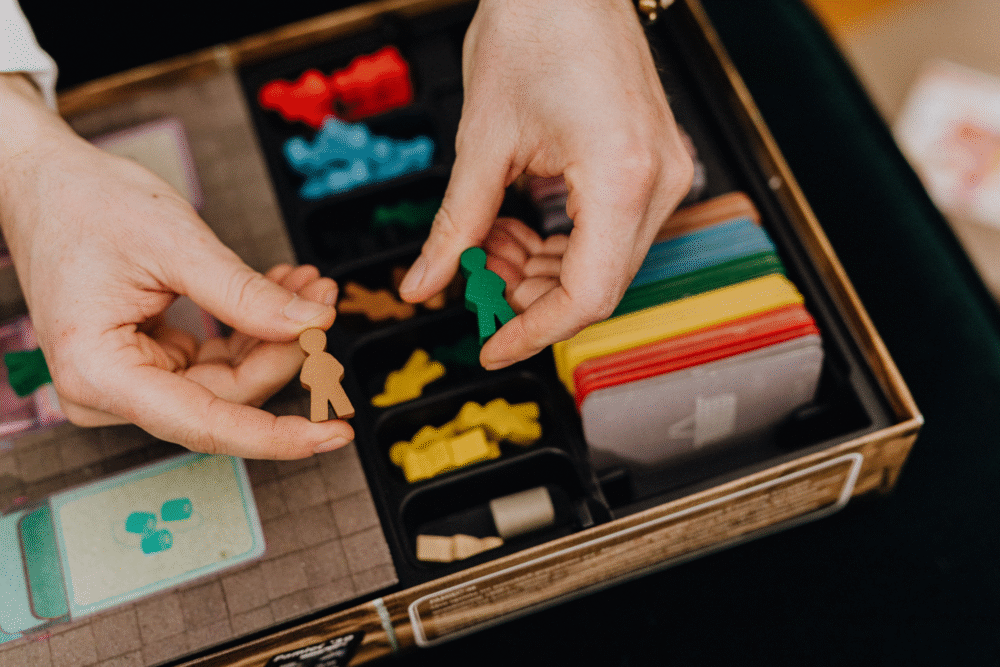
Unopened 90s board games represent intact gameplay experiences and original packaging which can be valuable to collectors and fun for future game nights. Early editions, promotional versions, and boxes in good condition tell a story about the era’s social leisure activities. Preservation means storing boxes flat in a cool dry area to prevent warping, keeping loose components sealed in bags, and avoiding stacking heavy items on top of fragile boxes that could crush corners or damage artwork.
Everyday readers should consider keeping unopened boxes not only for potential vintage collectibles interest but for the joy of sharing a retro gameplay experience. A practical tip is to photograph box contents, check whether cards or batteries are required before play, and store parts in labeled resealable bags to keep components together. Be careful opening boxes if you hope to maintain collector value and consult storage guides for long term preservation.
12. Keep collections of stickers, especially Tamagotchi or Lisa Frank.
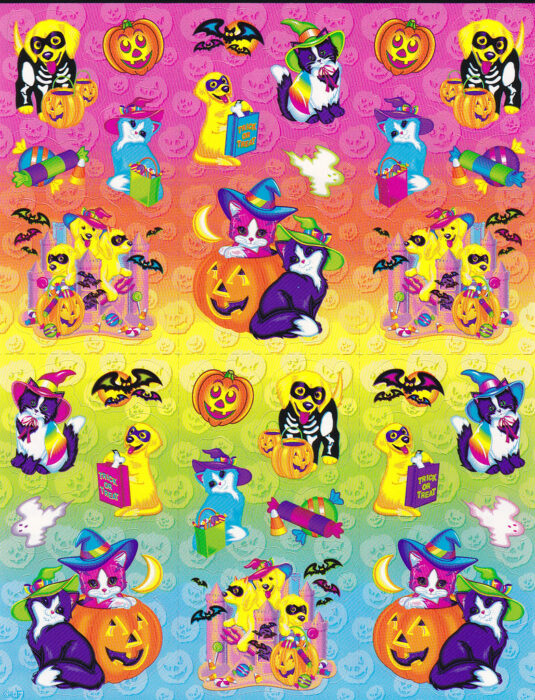
Sticker collections, especially those featuring Tamagotchi or Lisa Frank artwork, were colorful and expressive personal items used to decorate notebooks, letters, and belongings. Original sticker sheets and rare holographic or limited edition designs have nostalgic and collectible appeal because they reflect aesthetics that defined the decade. Preserving stickers involves keeping them flat, away from adhesives that cause curling, and storing sheets in acid-free sleeves or binders to protect colors and prevent sticky migration.
These collections matter for memory keeping and potential vintage collectibles interest because stickers reflect personal tastes and trends. A practical rule of thumb is to separate mint condition sheets from used ones, catalog rarer designs with photos, and avoid peeling or exposing stickers unnecessarily. Keep stickers away from heat and humidity which can degrade adhesive quality and cause permanent damage.
13. Hold on to your vintage disposable cameras with developed photos.

Disposable cameras from the era were point and shoot film devices that captured candid moments and were often developed into physical prints which carry instant nostalgia. Holding onto cameras with developed photos preserves both the device and the original prints as tangible memory artifacts. Preservation includes storing negatives and prints in acid-free envelopes, keeping cameras dry to prevent film degradation, and digitizing developed photos to create backup copies while retaining originals for sentimental display.
These items matter because physical photos often trigger emotional memory keeping and can reveal family history that might not exist digitally. A practical checklist is to label photo envelopes with dates or event notes, make high quality scans of prints and negatives, and store originals in a dark cool place. If prints show signs of mold or chemical damage consult a professional photo archivist for conservation advice.
14. Save childhood stuffed animals that bring back happy memories.
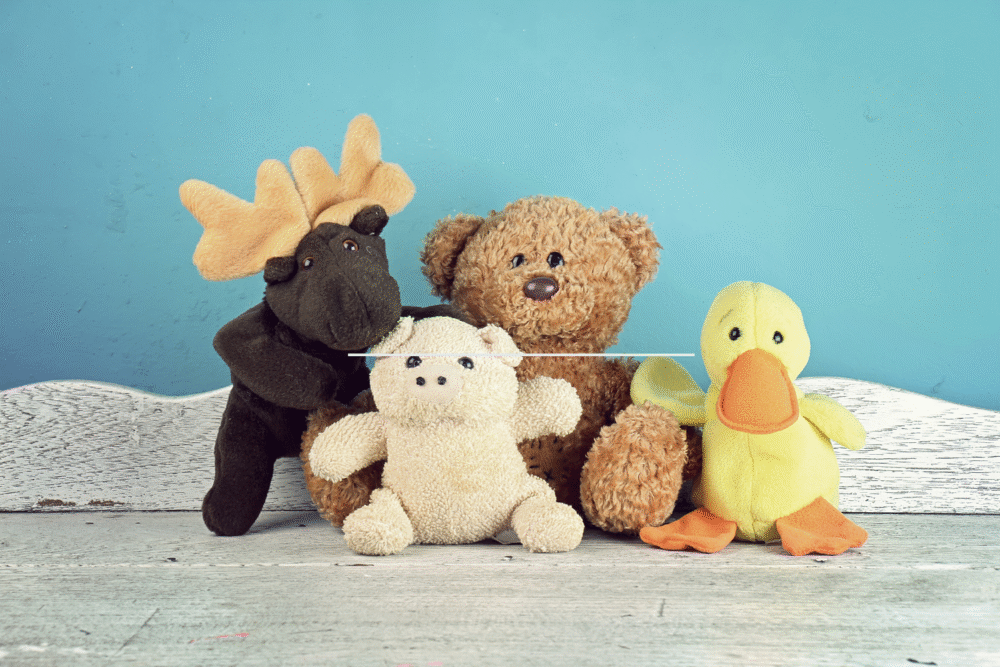
Childhood stuffed animals are soft comfort objects that carry strong sentimental attachment and can serve as anchors for memory and emotional wellbeing. Many childhood plush toys from the 90s have unique designs or brand connections that make them meaningful keepsakes, and some can even become vintage collectibles in good condition. Preserving them involves gentle cleaning according to fabric type, patching loose seams with careful stitching, storing in breathable containers, and keeping them out of damp or smoky environments that might cause odors or mold.
These toys matter because they embody personal stories and emotional continuity across life stages, and they can be cherished by future family members. A practical tip is to photograph each stuffed animal and record any identifying tags or markings, rotate display items to reduce sun fading, and store high value or fragile pieces in acid-free boxes. Consult a textile conservator for delicate repairs or if the item has significant emotional or monetary value.
